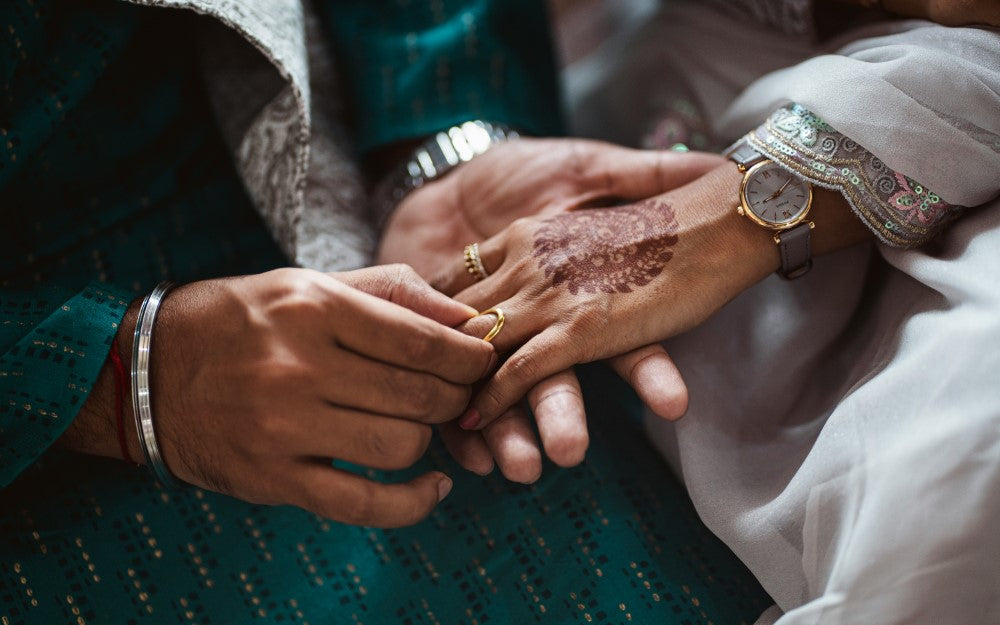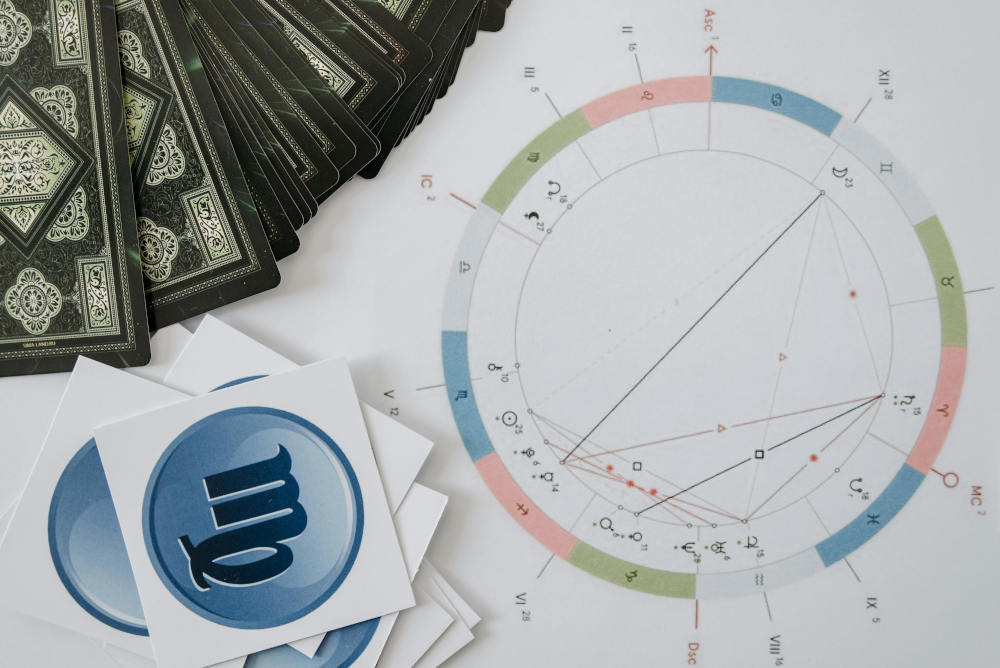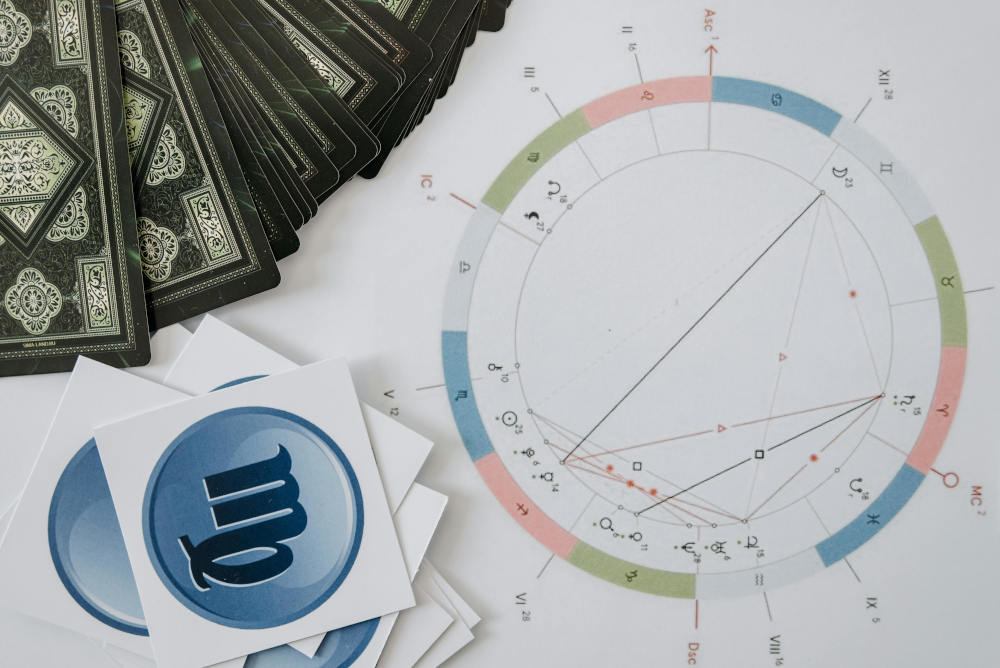
India and Indian culture is known for their extravagant weddings, with huge ceremonies, and celebrations that go on for days. Weddings and unions of couples are a huge part of Indian culture, including wedding rings.
Wedding rings in Western culture are well known that couples wear their wedding ring on the fourth finger of their left hand as a way to keep the ring close to their heart. Indian culture is slightly different in that they don’t always follow this tradition.
Customs around weddings and rings are unique in India to follow their individual cultural and religious traditions.
Panaprium is independent and reader supported. If you buy something through our link, we may earn a commission. If you can, please support us on a monthly basis. It takes less than a minute to set up, and you will be making a big impact every single month. Thank you!
Which Hand?

Unlike many Western and European cultures, India wears their wedding rings primarily on their right hand. This is because the left hand is considered inauspicious, the same reason why money is never given with the left hand.
However, this is not a hard and fast rule. Depending on the community and what the married couple believes, some women will still wear their wedding ring on their left hand.
Learn about other countries that wear their ring on their right hand.
Which Finger?

Historically, wedding rings were worn on every finger in India, including the thumb. In certain Hindu cultures, women wore their wedding rings as toe rings.
A common practice nowadays is for women to wear their ring finger on their fourth finger and for men to wear it on their third finger. When worn on the third finger, the ring is thought to bring balance and positive energy.
Learn more about the meaning behind wearing a ring on your middle finger.
Gold Ring

Traditionally, wedding rings were made from gold, which is seen as pure, elegant, and superior to other materials. The gold ring symbolizes a long-lasting marriage in which the groom gives his purest love to his bride.
In the present day, many couples still follow this tradition. However, couples that do not follow Indian or religious customs can be seen wearing silver or other styles of wedding bands.
Check out these wedding rings.
Ring Engravement

Another common tradition in India is for the bride and groom to engrave each other’s names inside their wedding rings. This reminds them of the love they hold for each other and keeps them close to each other at all times.
Engagement Ring

An engagement and engagement ring is a tradition adopted by India in more recent years. Engagement rings are made from a variety of materials including platinum, diamond, and silver.
The engagement ring is generally worn on the woman’s left hand, on the fourth finger, but there is no one rule on where and how the ring should be worn.
Importance of the Ring

Wedding rings are taken very seriously, from picking them out to showing them off, and continually wearing them in India. They are also a huge part of the wedding, with many couples printing pictures of their wedding bands on their wedding invitation cards.
Learn about the importance of the ring in Germany.
Dos and Dont’s

Do take special care of your rings. They are a token of your love and devotion to your partner and should be honored. Clean and repair them often and take them off when you are swimming or cleaning to not damage them or lose them.
Don’t take your ring for granted. It is a sacred piece that should be taken as seriously as your marriage. With that said, don’t worry too much about all the different types of rings and traditions out there. Choose the rings and follow the customs that you believe in.
Pros and Cons

When rings are worn on the right hand, they embody the values symbolized by the right hand: trust, loyalty, and honor.
By wearing wedding rings on the right hand, women and men are following the traditions and customs of their beliefs and many generations before them, connecting them to ancestors long ago.
If the bride decides to wear her wedding band and engagement ring on two different hands, she can display the uniqueness and charm of each ring more fully.
Practically, there are a few downsides to wearing a wedding band on your right hand. If your right is your dominant hand, your ring may be more prone to getting scratched and damaged. It may also be uncomfortable depending on the tasks you are doing.
Groom’s Ring

Though a simple gold ring is a common choice for the groom, that doesn’t mean you can’t personalize it. Consider the thickness of your band, the thicker the band the more noticeable it will be.
Also consider adding details to your ring such as an engraved design, or small gems. If you don't follow Indian or Hindu culture, you can always opt for a silver or platinum ring instead.
Bride’s Ring

There are so many different styles of rings out there. For the engagement ring, most couples choose a unique ring that is meaningful and fitting to the woman’s personality.
Many women opt for gem types that represent their birth month or that represent something significant to them.
Each cut type also caters to a different style, whether it is a round cut, for someone who is drawn to a timeless, classic style, or a cushion cut for a more trendy, feminine style.
Sherwani

The traditional Indian outfit worn by the groom is a sherwani, a long coat-like piece made from luxurious fabrics such as silk and velvet. A sherwani is often adorned with beautiful designs and patterns.
Find more traditional Indian clothes here.
Lehenga

For the bride, a traditional Indian outfit worn is a lehenga. A lehenga outfit consists of an elaborate skirt paired with a cropped top or long blouse, and a dupatta, a scarf draped over the bride’s head and shoulders.
Check out this Indian clothes designer.
Saree Dress

Another traditional bride outfit is a saree. A saree is an unaltered long scarf that is draped around the bride’s body and tucked into their underskirt.
Discover other wedding dresses and ideas here.
Was this article helpful to you? Please tell us what you liked or didn't like in the comments below.
About the Author: Shelby Bonner
What We're Up Against
Multinational corporations overproducing cheap products in the poorest countries.
Huge factories with sweatshop-like conditions underpaying workers.
Media conglomerates promoting unethical, unsustainable products.
Bad actors encouraging overconsumption through oblivious behavior.
- - - -
Thankfully, we've got our supporters, including you.
Panaprium is funded by readers like you who want to join us in our mission to make the world entirely sustainable.
If you can, please support us on a monthly basis. It takes less than a minute to set up, and you will be making a big impact every single month. Thank you.































0 comments